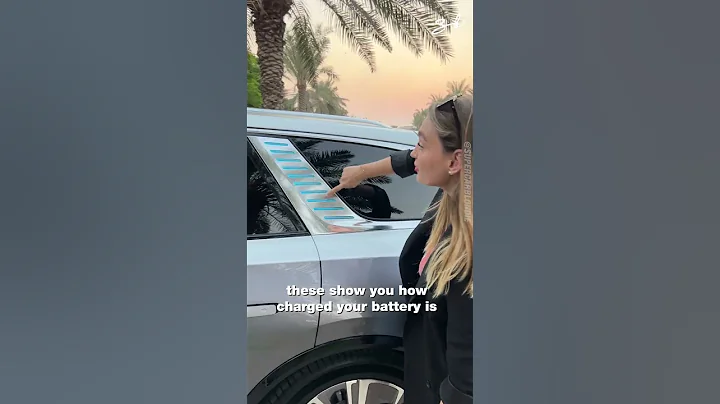Ideal L7 and L8, which have just been launched, and the Avita 11, which has also been on the market, have always been models that I hold my money and wait and see. I saw the product configurations of Ideal L7 and L8 at the press conference. I feel that both cars have their own unique advantages, which makes me a little confused about the choice. However, I found that they used different technical routes. After studying the two routes, I finally made a choice.

Ideal L7 and L8 adopt the range-extended technology, simply put it on the basis of a pure electric vehicle, equipped with a fuel engine and power generation device, so that the battery can be charged when the battery is insufficient. The characteristics of this system that is oil-powered and electric can solve consumers' battery life anxiety, and it also has the driving texture of a pure electric car. It is a compromise solution after balancing various factors at this stage.

and Avita 11 uses the new generation of smart electric vehicle technology platform CHN created by combining Changan Automobile , Huawei , and CATL , and has an ultra-long range of 680km and 750V high-voltage fast charging technology. Judging from my daily car usage, based on the 50km commute to and from get off work every day, I can charge it every 10 days, which is even lower than the frequency of refueling my current fuel car. In terms of charging, the 10-minute battery life increases by 200km fast charging speed, making daily replenishment completely unburdened.
In terms of both battery life and charging, the pure electric model of Avita 11 is comparable to the extended-range cars such as Ideal L7 and L8 in terms of experience. In addition, the Avita 11 can also provide a quieter driving experience, additional front trunk space and lower car usage costs, so overall, I finally chose the Avita 11 with a better car usage experience.











